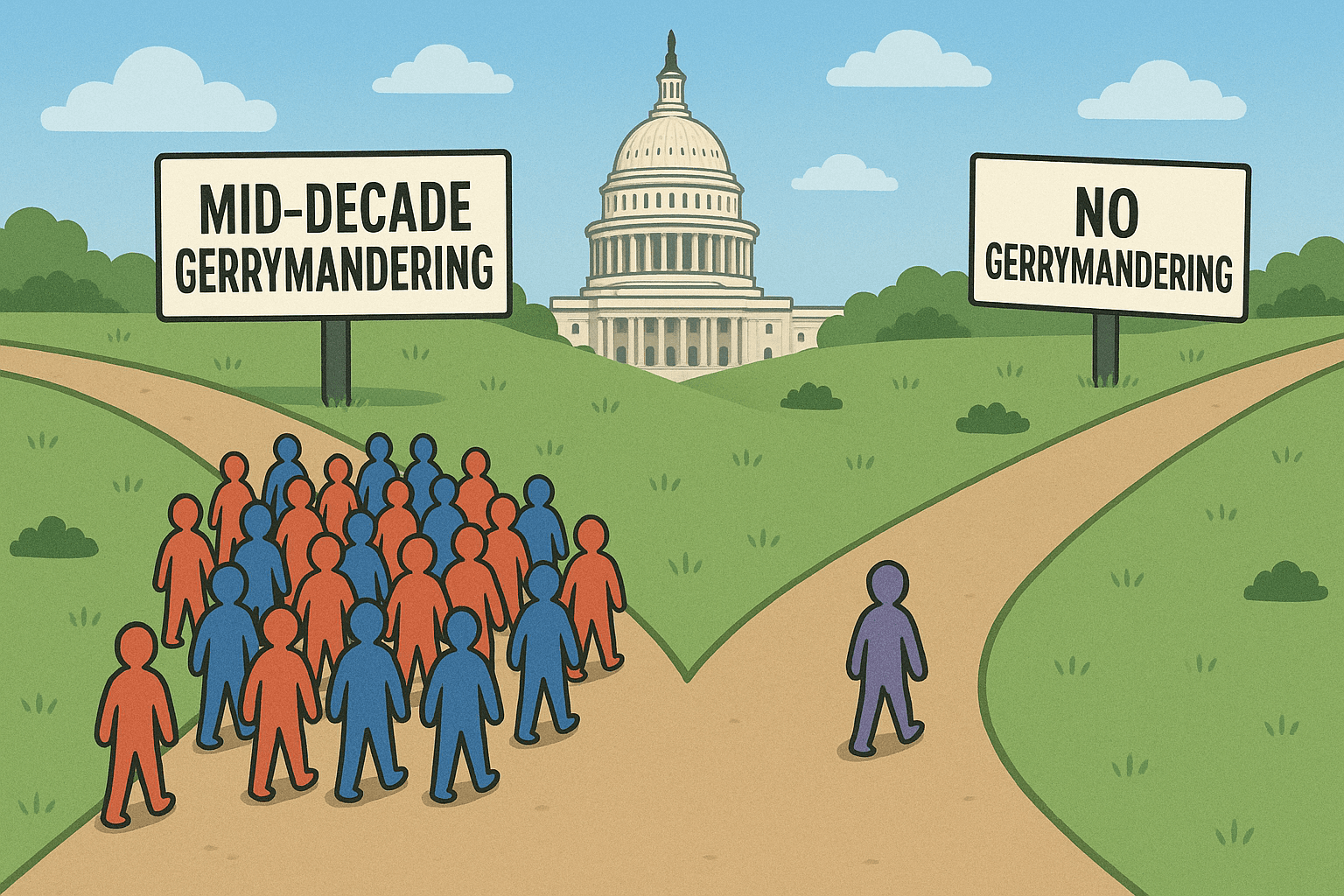Contrary to Popular Belief, Judicial Activism in Modern History is Mostly a Myth

The death of Justice Antonin Scalia has set the stage for the always politicized conversation about Supreme Court appointments and confirmations.
Within minutes of the news of his passing, both sides of the aisle were quick to express their political intentions: Republicans want to obfuscate and delay appointments until after the election; Obama and Democrats want to move forward with the standard procedures.
And American voters have bought into this narrative — hook, line, and sinker.
Each election cycle, too much attention is dedicated to how future SCOTUS nominations will impact the ideological balance of future critical decisions. Also, fear of overturning past divisive Supreme Court cases — Roe v. Wade, Citizens United v. FEC, Obergefell v. Hodges, etc. — creeps into the minds of American voters. Even those tempted to bypass the traditional two-party options feel obligated to lean one way or another, depending on their ideological biases regarding these landmark decisions.
Consider abortion.
Roe v. Wade has not only served as the precedent for several cases that further solidify abortion rights, but has been a litmus test leveraged by single-issue voters for all presidential elections. A solid majority of Americans — 76 percent — stated that it is important that future Supreme Court nominees “share their views on abortion.” Pro-choice voters fear that a Republican President might make an appointment that would help bring about the end of Roe v. Wade, while pro-life voters salivate at the thought.
What if I told you it was actually Republican presidents who were responsible for Roe v. Wade becoming a landmark decision?
Roe v. Wade was decided by a 7-2 margin. The majority decision was led by Harry Blackmun, who was nominated by Richard Nixon. In fact, five of the concurring opinions were provided by Republican-nominated justices: three from Nixon and two from Eisenhower. The dissenting opinion was provided by Byron White, who was nominated by John F. Kennedy. In this case, a Democratic-appointed justice led the charge against abortion.
Forty plus years later, another crucial Supreme Court decision regarding a divisive social issue was handed down—this time regarding marriage equality, Obergefell v. Hodges—the decision that guaranteed marriage as a fundamental right for every citizen regardless of sexual orientation—has become the Millennial generation’s version of Roe v. Wade. The fear among many young voters that a right-wing president augmenting the ideological balance of the courts inspires left-leaning or independent voters to throw their votes toward the Democratic Party.
Conventional political thought insinuates that those supporting same-sex marriage find themselves more closely aligned with the Democratic Party. However, the Democratic Party deserves little to no credit for the codification of marriage equality -- considering that the party’s most prominent leaders—includingBarack Obama, Joe Biden, Hillary Clinton, Harry Reid, and Charles Schumer—publicly stated at one time or another that marriage was strictly between a man and a woman during their political tenure.
Don’t forget that the Defense of Marriage Act (DOMA) was widely supported by Democrats, including many of the aforementioned members of Congress. It wasn’t until the momentum of public opinion changing did these candidate begin to “evolve” their own views.
Furthermore, marriage equality became law when SCOTUS was comprised of mostly Republican appointees. The composition of the Supreme Court at the time of this decision most certainly tilted to the right: Five justices—Anthony Kennedy, John Roberts, Antonin Scalia, Samuel Alito, and Clarence Thomas—were nominated by Republicans. Kennedy, who was appointed by Reagan, delivered the majority view supporting the constitutional right for gay couples to get married.
The same circumstances apply to National Federation of Independent Business v. Sebelius, which was the Supreme Court decision that upheld the individual mandate that was the keystone of the Affordable Care Act, also known as “Obamacare.” The swing vote on this decision came from Justice John Roberts, who was appointed by George W. Bush.
Some of our country’s most prominent court decisions defied the purported ideological foundations of the two parties. Prior to the death of Justice Scalia, the ideological composition of our nation’s highest court leaned right. Regardless, the “liberal minority” has been on the “winning side” of 19 of 26 closely-divided ideological cases in its most recent session.
The emotional and partisan ruckus that each SCOTUS nomination entails is useless at its best, illogical at its worst. Fears of overturned decisions are ungrounded considering what it actually takes for this scenario to play out. Though not unprecedented, overturning SCOTUS decisions requires either a constitutional amendment or another SCOTUS decision that directly reverses the previous decision.
The Supreme Court issuing a decision that reverses a prior one is a rare occasion. It has happened before. In the history of the high court, 123 decisions have been overruled by a later decision. Stare decisis—the legal doctrine that compels courts to defer to precedence—obligates judges to place a high value on the legal arguments established in previous cases, making it very difficult to reverse a well-established precedent.
Decisions can also be abrogated by a constitutional amendment. This is even rarer. A constitutional amendment must first be proposed with the support of two-third vote in both houses of Congress or a constitutional convention comprised of two-thirds of state legislatures. To be codified in the Constitution, three-fourths of the states must ratify the amendment.
It would take a significant degree of political will to overturn something like same sex marriage—political will that simply doesn’t exist considering the ever increasing social acceptance of the practice. Furthermore, considering recent political gridlock, can you imagine Congress working together closely to produce such a landmark piece of legislation?
Supreme Court appointments compel many voters to simply vote along party lines and further bolster our country to our antiquated two-party system. Always vote your conscience, but just remember that history shows that the ideological bias of the appointing president doesn’t always matter. Don’t let one issue dictate how you vote.
Photo Credit: Alex Staroseltsev / shutterstock.com




